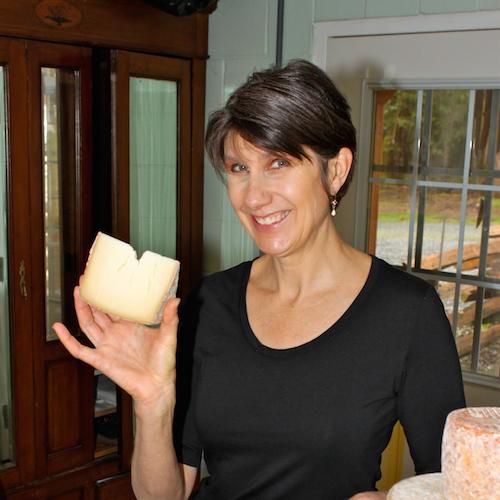
Illustrated by Tom Bingham
Follow these five steps to ensure your treating, eating, and storing your cheese right.
1. Fear the Freezer.
Just don’t do it! Freezing cheese destroys texture and thus affects the flavor, mouthfeel, and, ultimately, the pleasure of eating. This is true for both soft and hard varieties.
2. Give the cheese a home.
Store small, soft cheeses in a mini cardboard or wooden box with a lid; this will help the cheese avoid cold drafts while retaining moisture. If a box isn’t available, use a plastic container with a lid.
3. Eat it!
Buy only as much cheese as you’ll eat in about a week. Every time a cut piece is exposed to air there will be a certain amount of contamination—this might lead to safe mold growth, but it can also lead to spoilage and the proliferation of harmful bacteria. The smaller the wedge, the more quickly you’ll want to consume it, as exposure to oxygen will rapidly undermine quality. Bottom line: home storage of cheese should be temporary—just long enough for you to enjoy the cheese at its best.
4. Know when to let go.
Since some cheeses smell funky and look moldy at their peak, knowing when a cheese has gone bad sometimes takes serious detective work. Look for visual cues such as a slimy surface; dark, dry, and cracked areas; or yellow splotches on blue cheese. If it’s unopened, bloated packaging can also be an indicator. An ammonia smell suggests the cheese may have been wrapped up too long and was unable to breathe. Still unsure? Nibble to reach a final verdict; if it’s abnormally sour or just plain off tasting, it’s past its prime.
5. Free the cheese.
Cheese is a living thing. It needs to breathe, so it should be treated the same way as produce or meat. Wrap your cheese in paper for optimal storage—ask your cheese shop for a few extra sheets, or use parchment paper.





